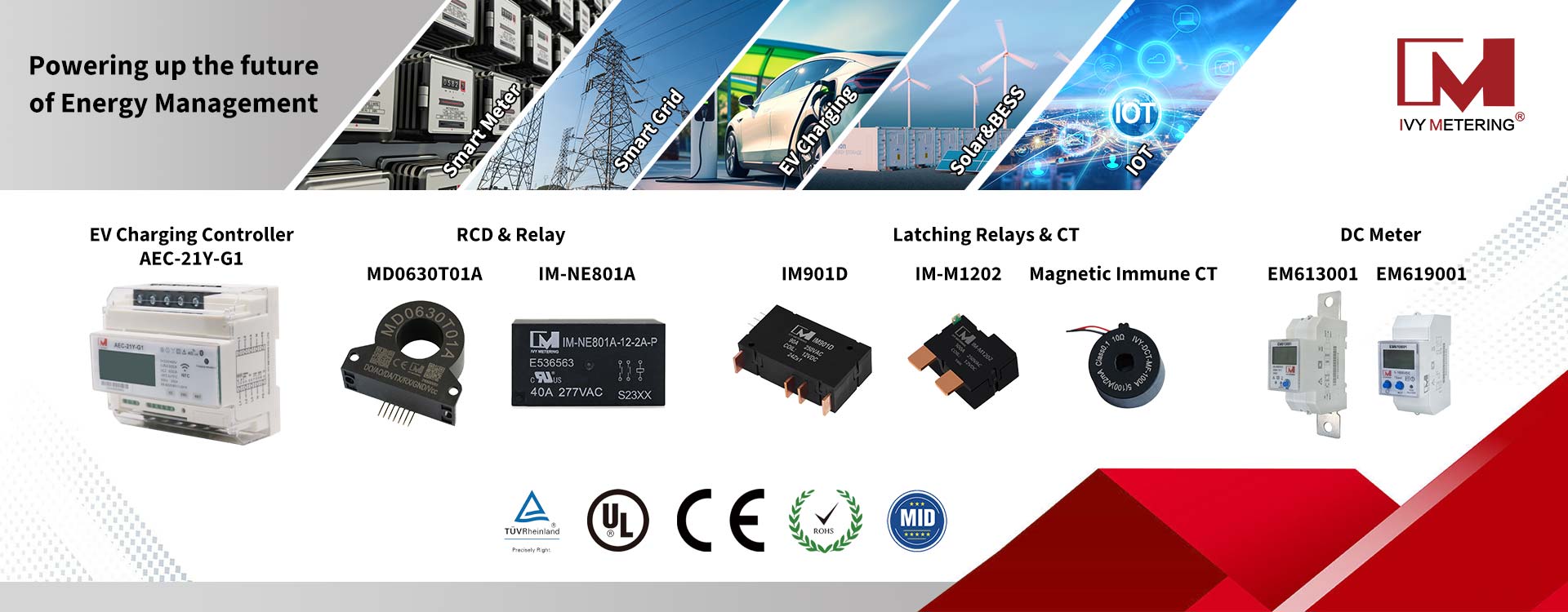Leakage Current in Photovoltaic System
Photovoltaic power generation technology is actually the process of converting light energy into electrical energy. The photovoltaic system is mainly composed of solar cell arrays, battery packs, charge and discharge controllers, inverters, AC power distribution cabinets, sun tracking control systems and other equipment.
The reason why photovoltaic power generation systems are vigorously developed around the world is mainly reflected in the following points:
1. Compared with other energy sources, solar energy has no danger of exhaustion;
2. It is not restricted by the geographical distribution of resources, and can take advantage of the advantages of building roofs, such as areas without electricity and areas with complex terrain;
3. Safe and reliable, no noise, no pollution emissions, etc.
However, there has always been a hot topic in photovoltaic power generation-leakage current suppression technology, so why does photovoltaic power generation leak electricity? When the photovoltaic system regenerates power, it will also generate leakage current, also called common mode current. This is due to the parasitic capacitance between the photovoltaic system and the ground. At this time, a loop is formed between the power grid, the photovoltaic system, and the parasitic capacitance. The mode voltage will generate a common mode current on the parasitic capacitance. The leakage current generated by the photovoltaic system generally includes both the DC part and the AC part. When it is connected to the grid, it is very easy to cause electromagnetic interference and other problems, which not only damages the equipment in the grid, but also may cause electric shock hazards to users or staff. Therefore, it is urgent to detect leakage current. Internationally, different countries have issued different detection standards and regulations. For example, in China, when the inverter is connected to the AC grid and the AC circuit breaker is closed, the inverter should provide leakage current detection.
The leakage current of the photovoltaic system has two characteristics:
1. The leakage current is complicated, divided into DC part and AC part;
2. The current secondary value is very small, all in the milliampere level, which requires extremely high accuracy and requires a dedicated current sensor.
In summary, the requirements for current sensors for photovoltaic leakage current detection are relatively strict. After years of R&D and manufacturing, IVY has combined the DC leakage current detection and AC leakage current detection functions into one leakage current sensor, which can be set via UART and the alarm value of the leakage current can be used with other devices to realize the real-time leakage detection of photovoltaic power generation.












